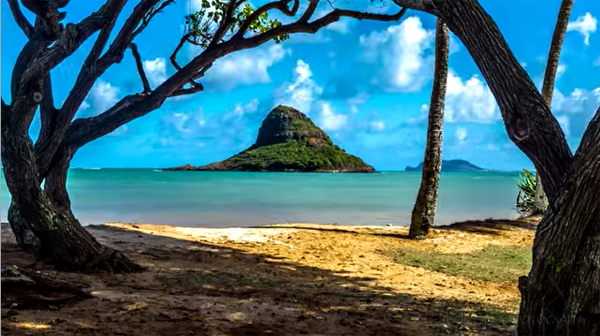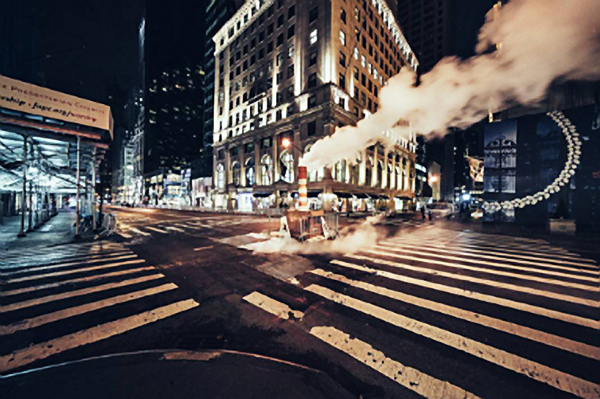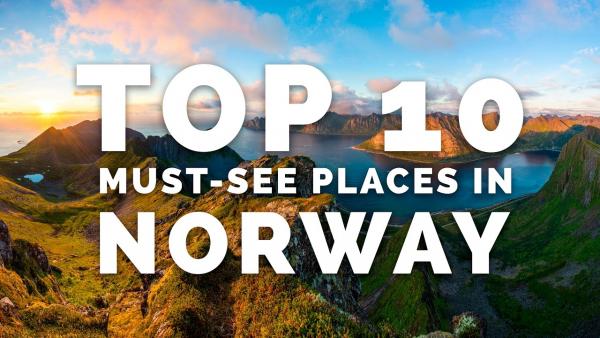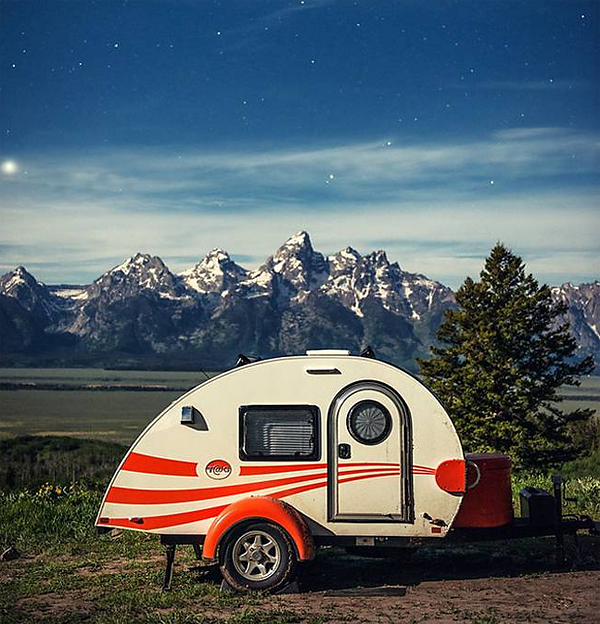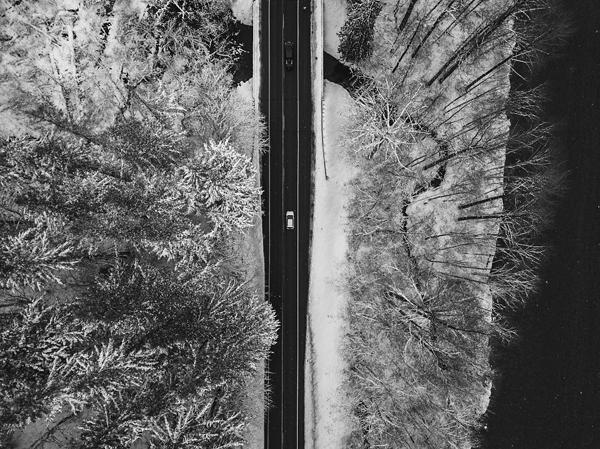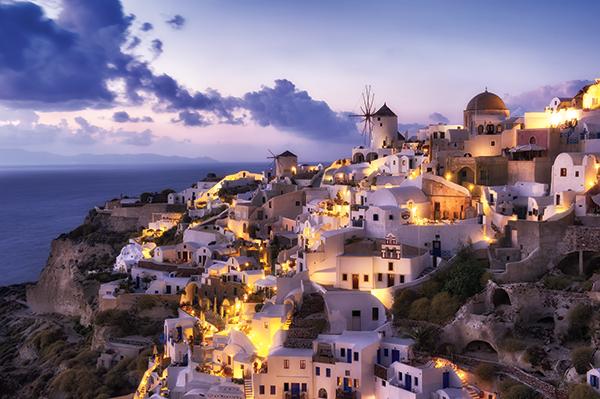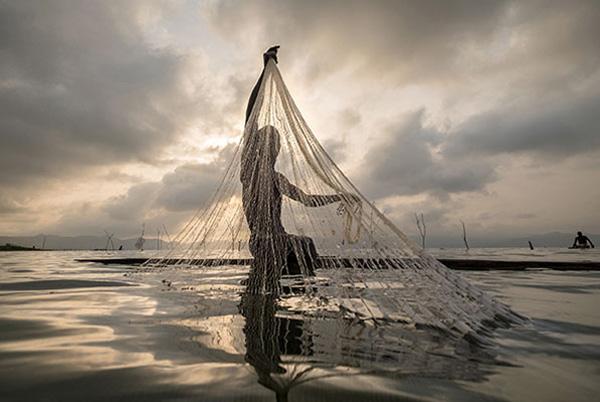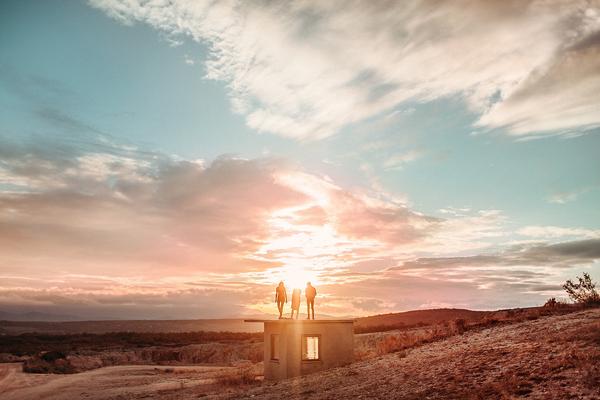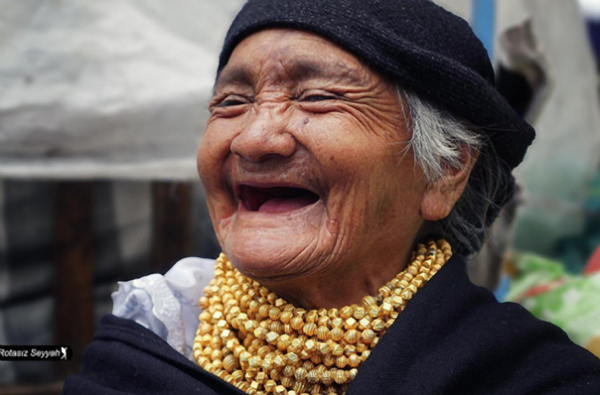Travel Photography How To
Sort By: Post Date TitlePublish Date
|
May 08, 2017
|
Apr 20, 2017
|
Apr 19, 2017
|
Apr 18, 2017
|
Mar 30, 2017
|
Mar 10, 2017
|
Mar 09, 2017
|
Mar 07, 2017
|
Mar 03, 2017
|
Jan 27, 2017
|
Jan 20, 2017
|
Dec 15, 2016
|
Dec 01, 2016


